by Joseph Walter
I've known of Quake for years, but never actually played it. Its visuals and theme just never quite appealed to me the way that DOOM did. Either way, many consider it to be among the top tier of id's classic hits, so I figured I'd take the plunge with the recent Switch release.
Right off the bat, this is another fantastic port of a classic game by Nightdive Studios, who previously brought us genuinely incredible Switch remasters of Turok 1, Turok 2 and Doom 64, among others.
As expected from Nightdive, their version of Quake is absolutely gorgeous, runs impeccably, and contains all kinds of options to further tweak the look and performance.
But what about the game itself?
So far, I've completed all of one Episode, and am partway through the second.
As expected, it doesn't quite grab me like DOOM, not just in terms of scenario and story, but level design and gameplay.
Honestly, it feels like it could be a prototype version of DOOM 64, but one that bit off more than it could chew.
The level layouts are relatively bland and confusing (somehow DOOM 1&2 escape this problem), but my biggest gripe is the combat. Simply put, it lacks the speed, intensity and satisfying crunch of its forbears.
Even so, do I like Quake? Yeah, and I'm definitely going to beat it, too. I was just really hoping that Quake would finally click for me, and that I'd finally realize what all the praise has been about. Alas, that doesn't seem to be the case.
Quake just isn't for me, but if you're a fan of id and old school FPS games, it might still be for you!
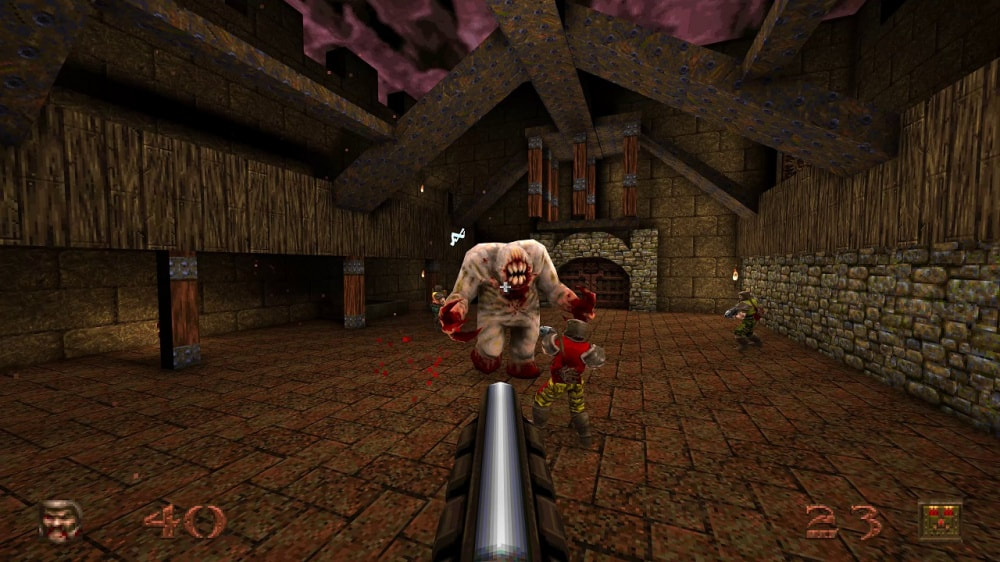
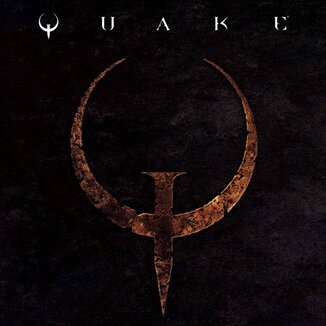
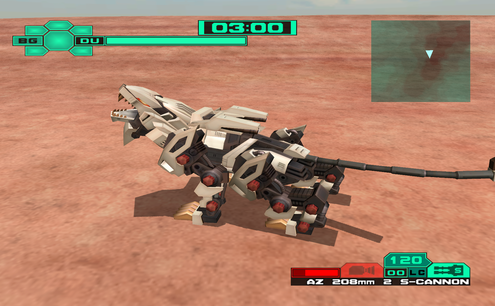
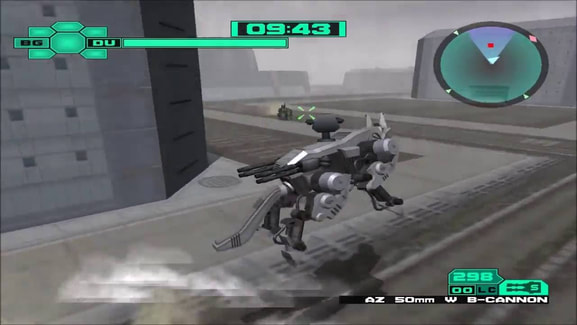
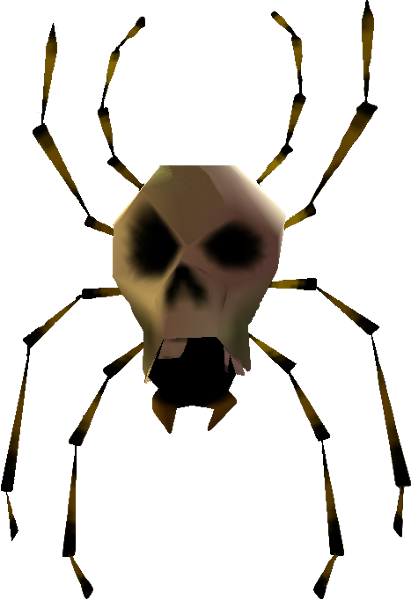
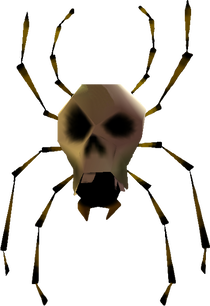
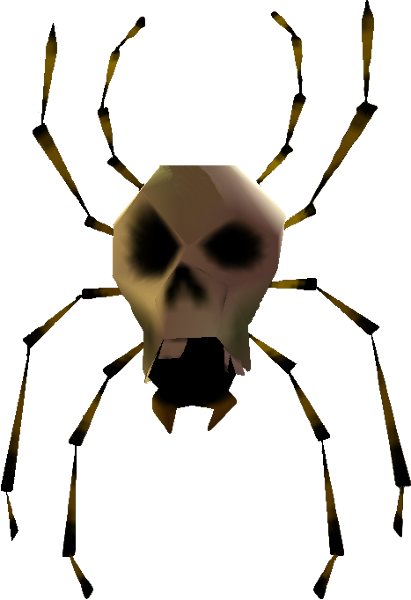
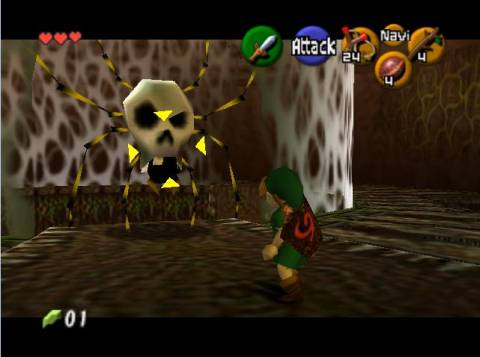
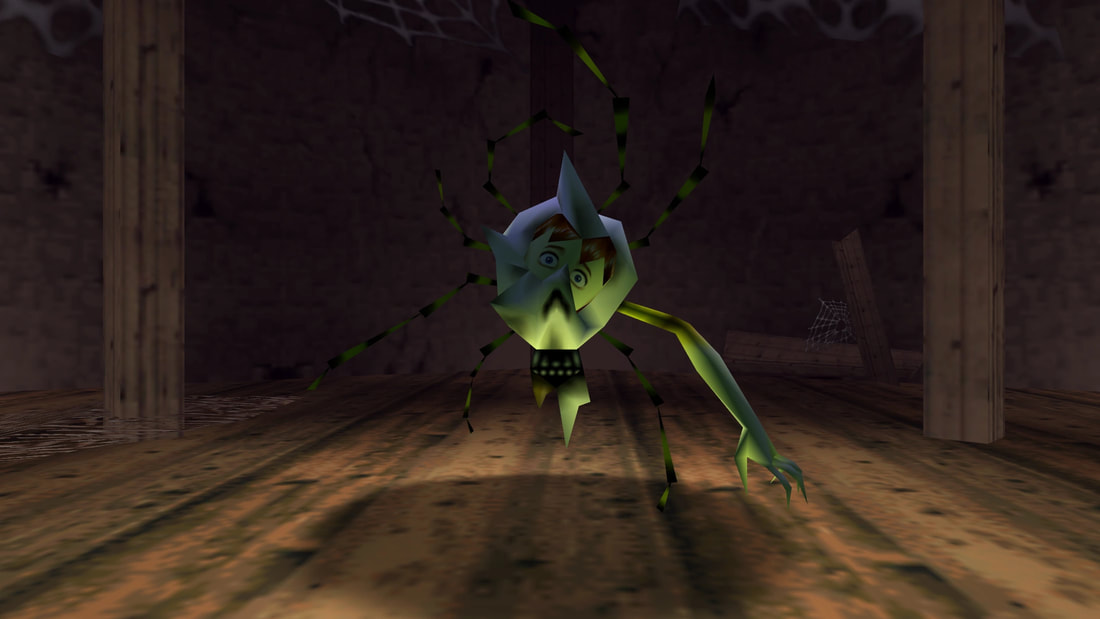
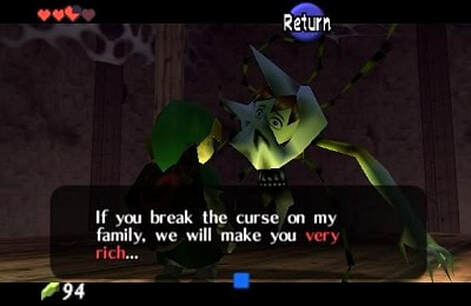
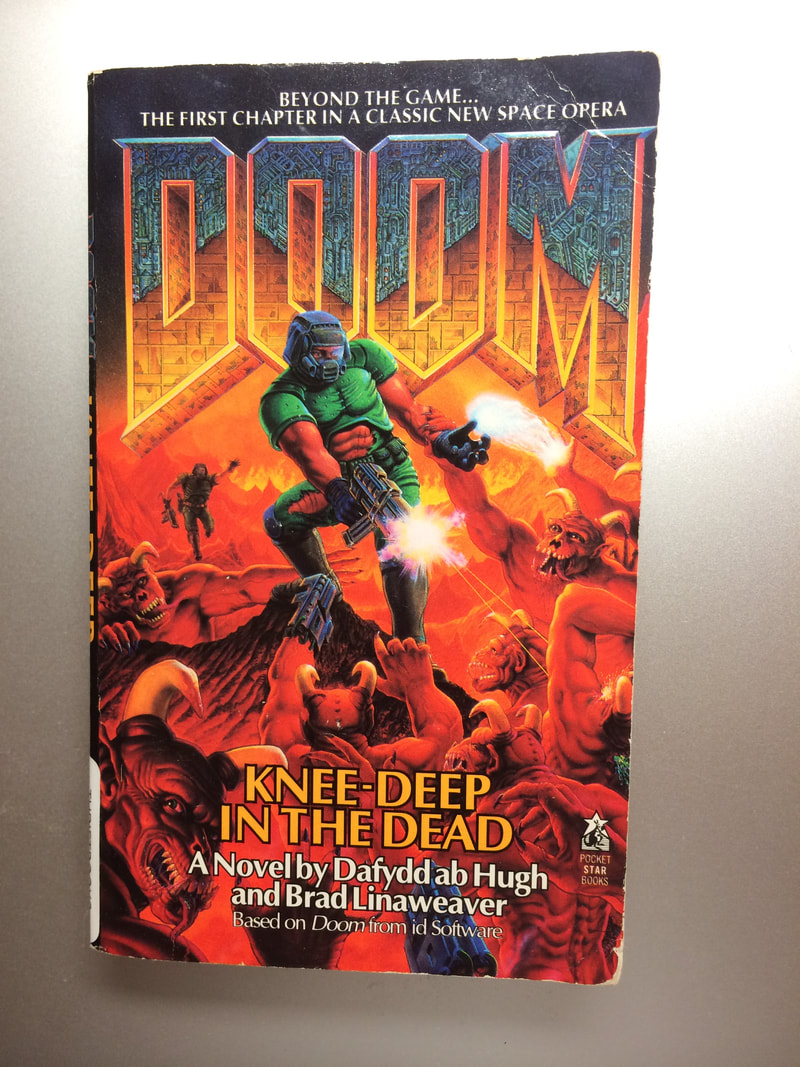
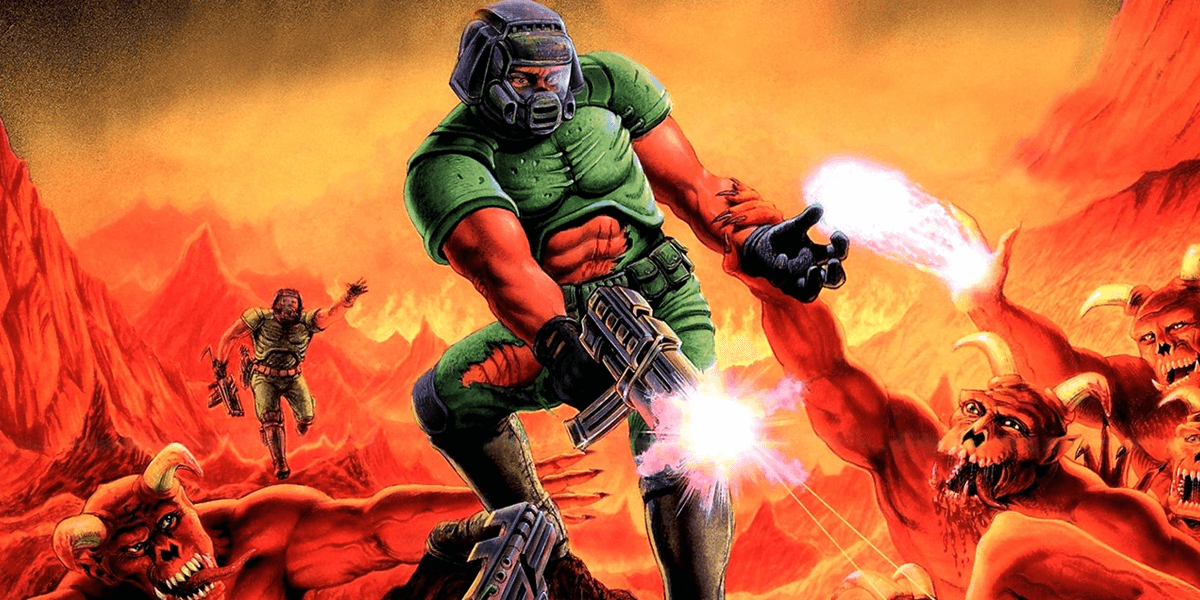
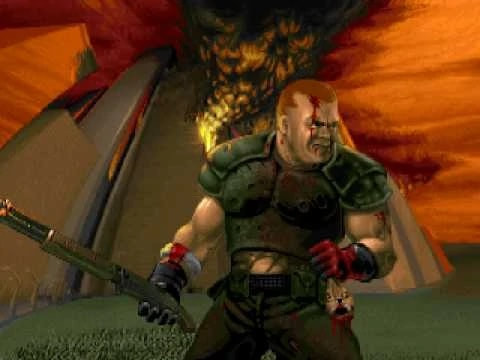

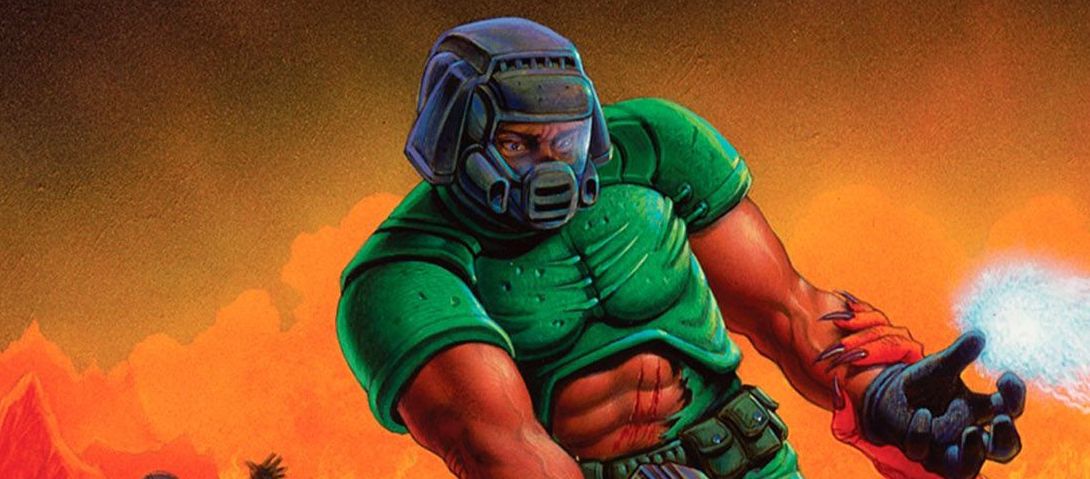
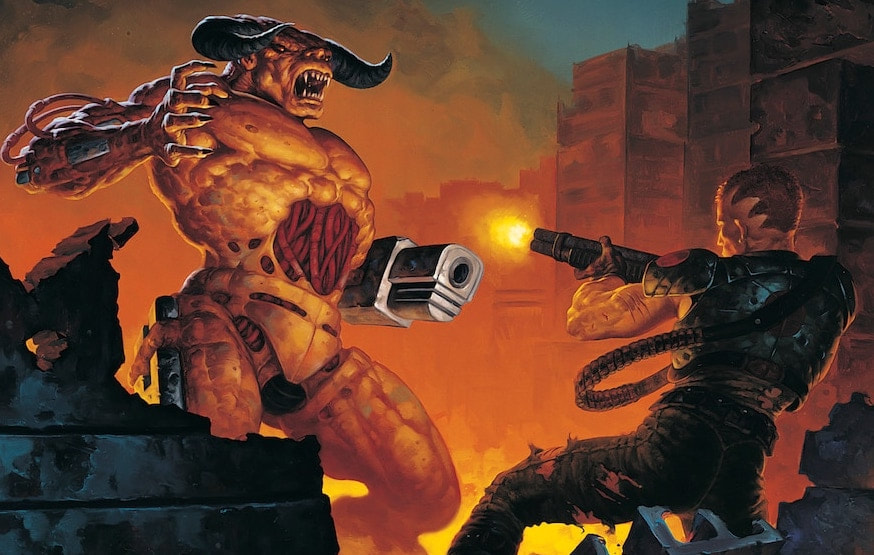
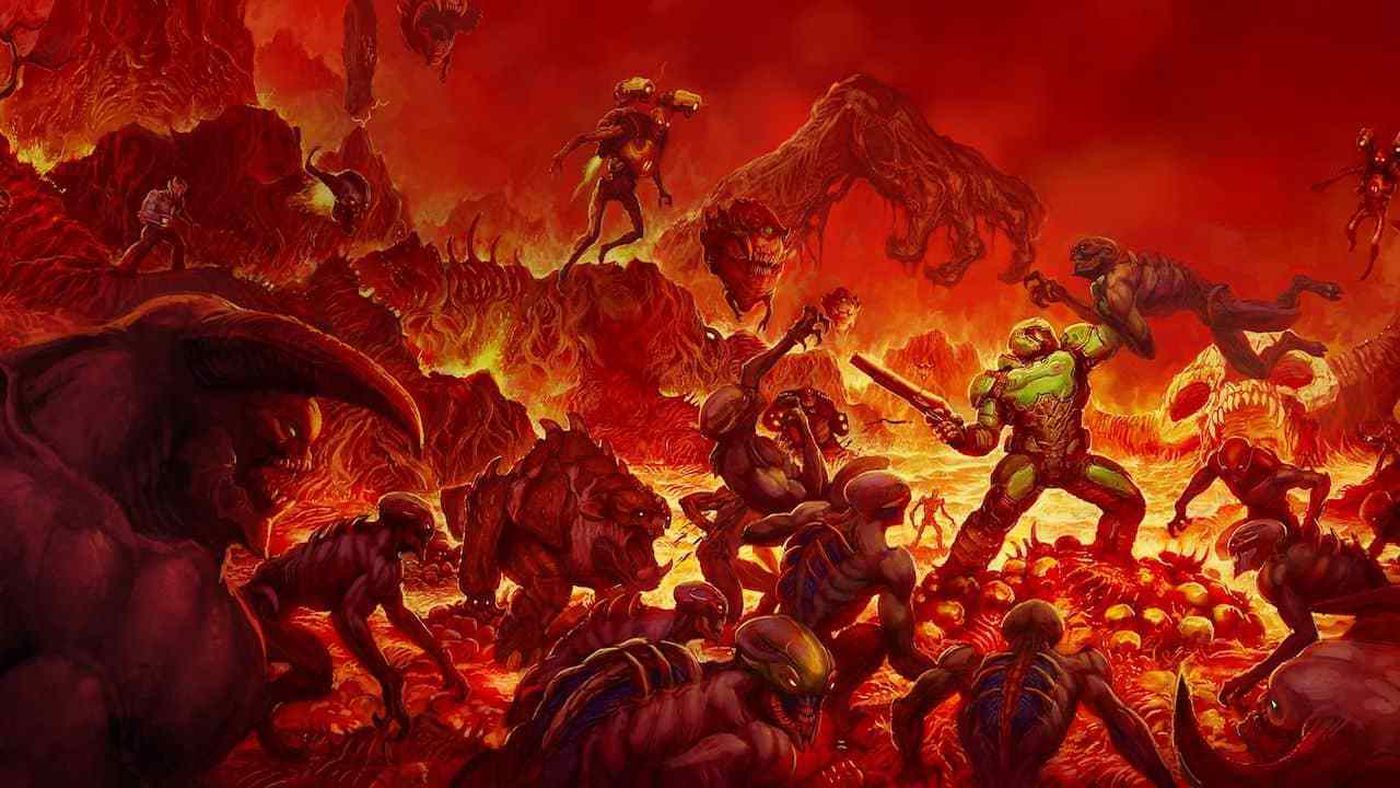
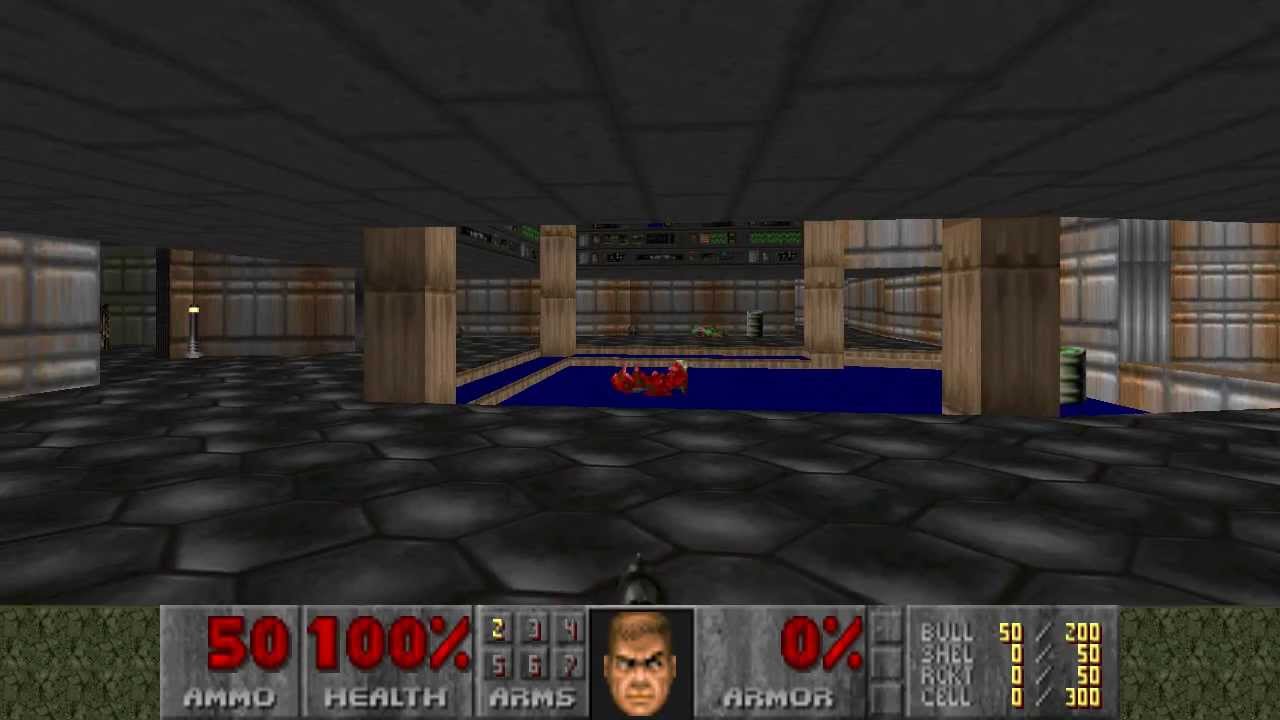
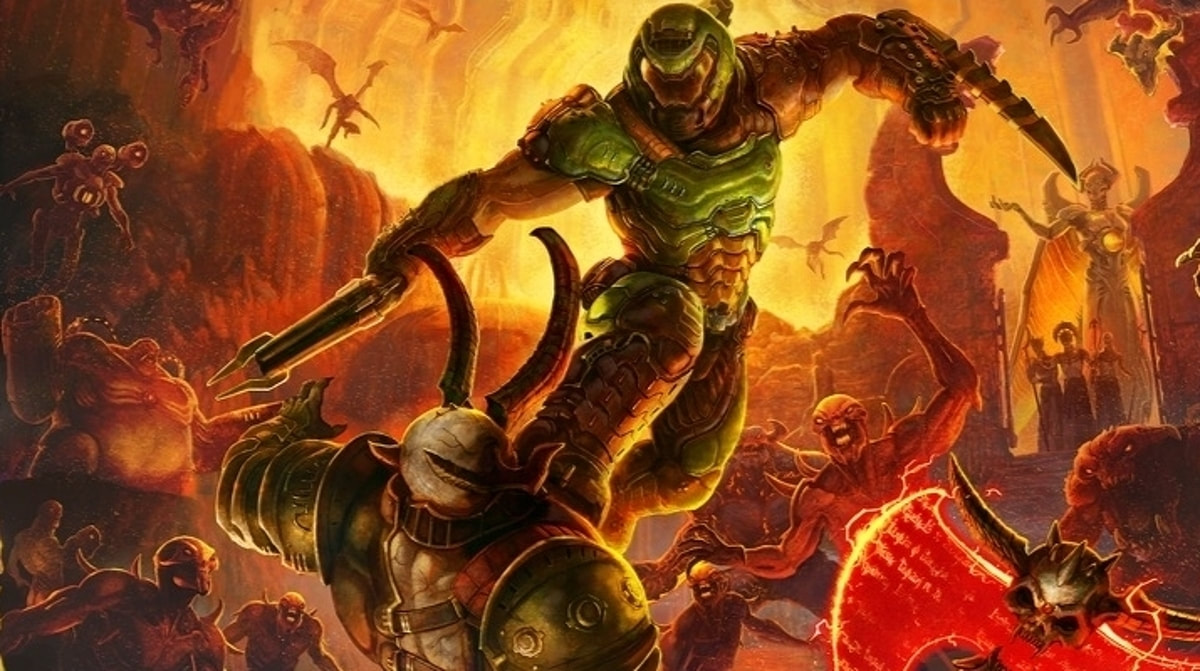
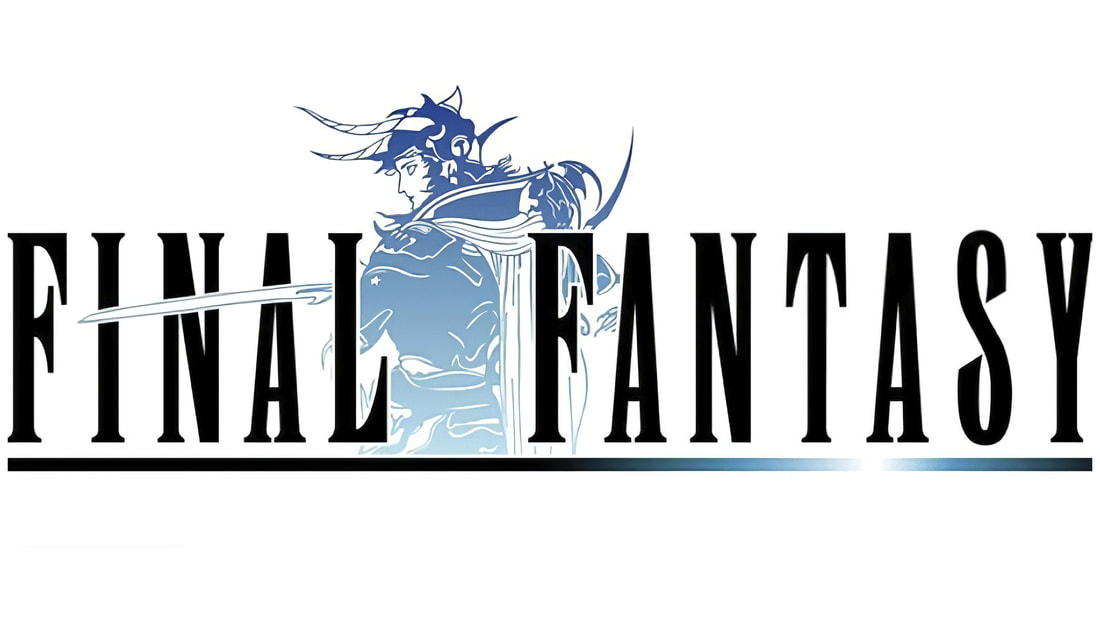
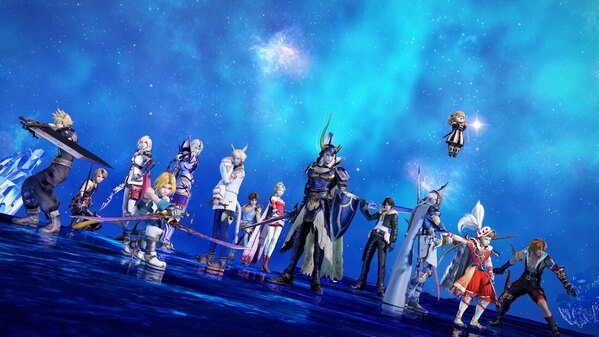
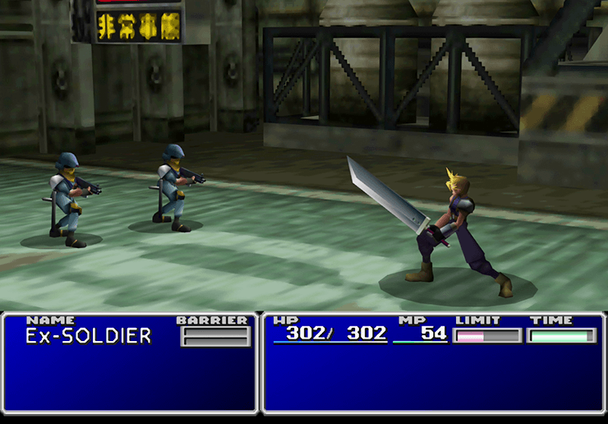
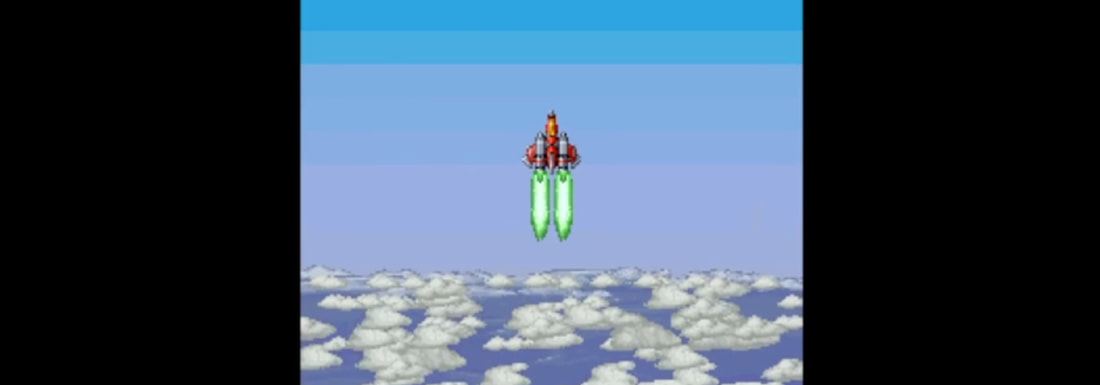

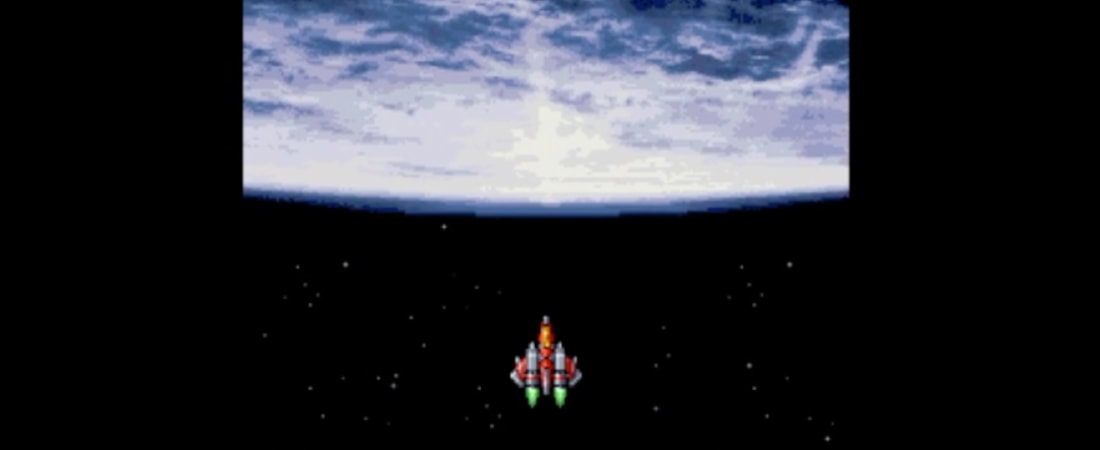

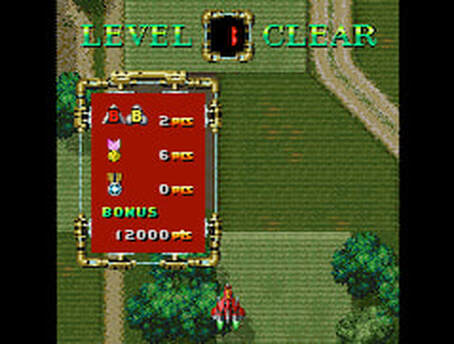

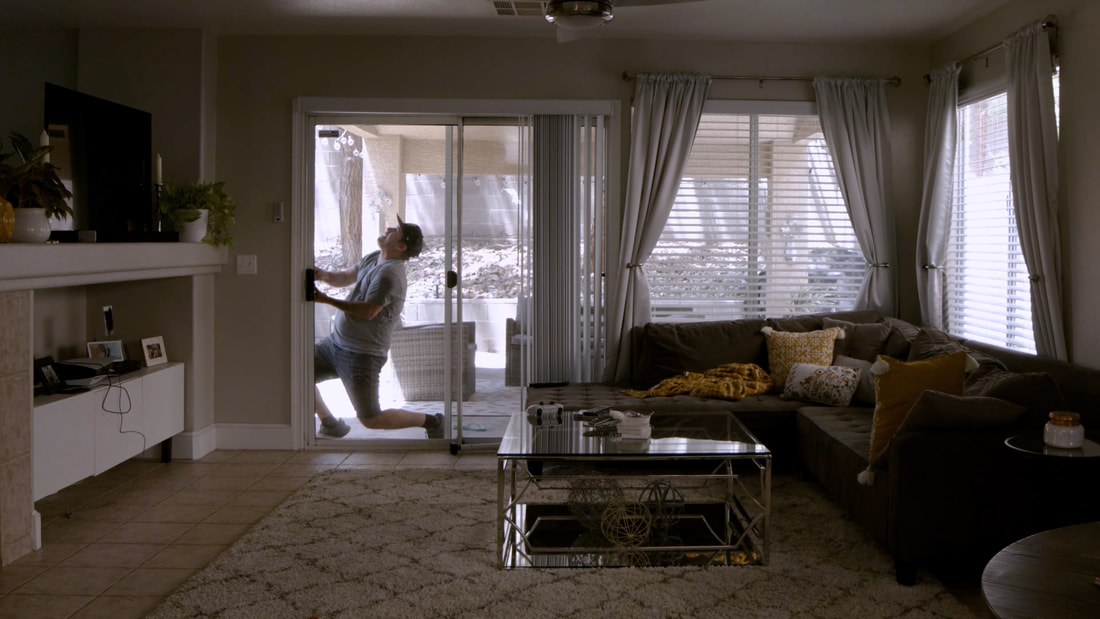
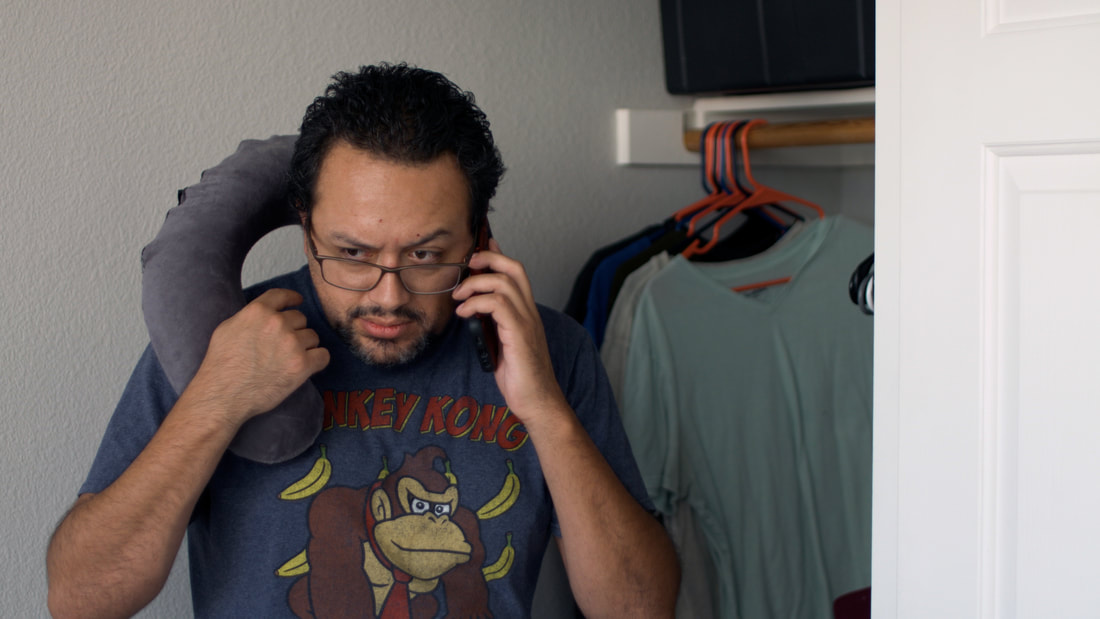
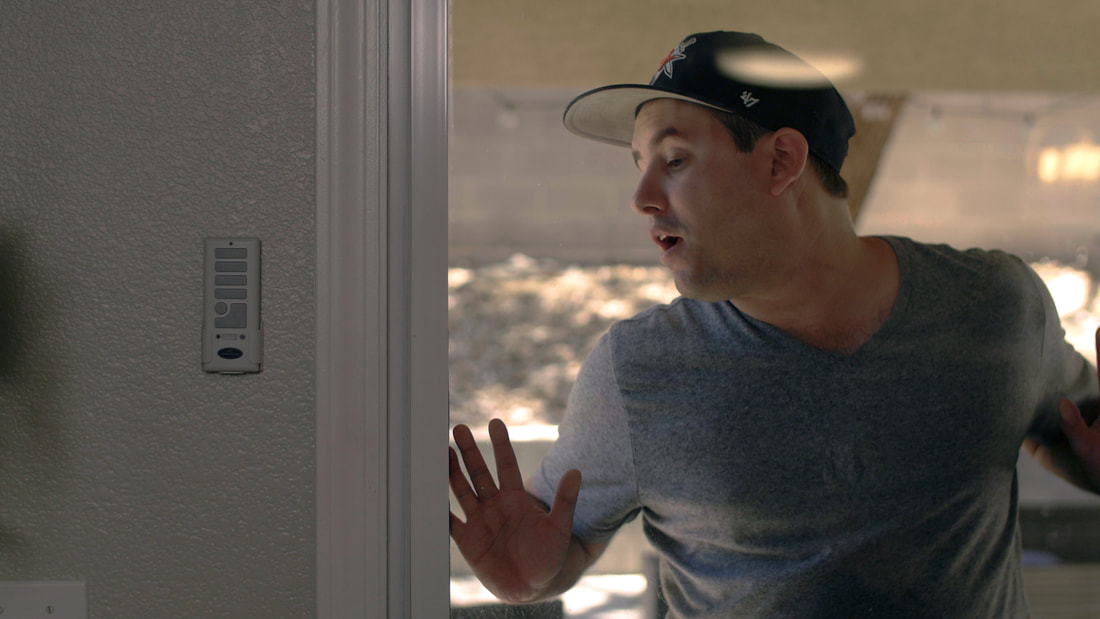
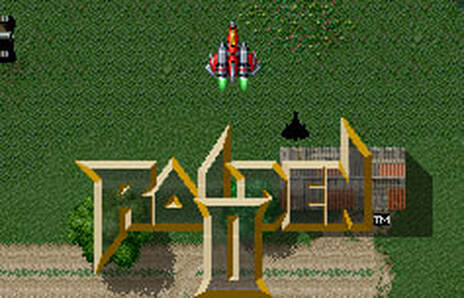
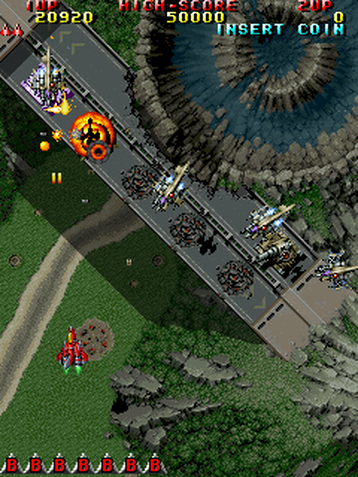
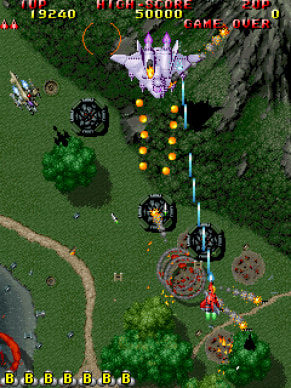
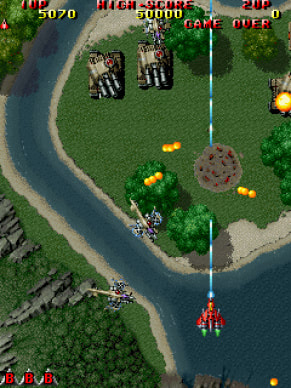
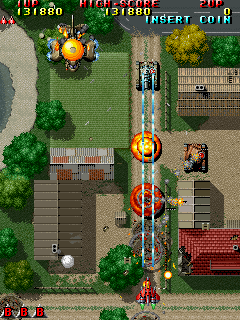
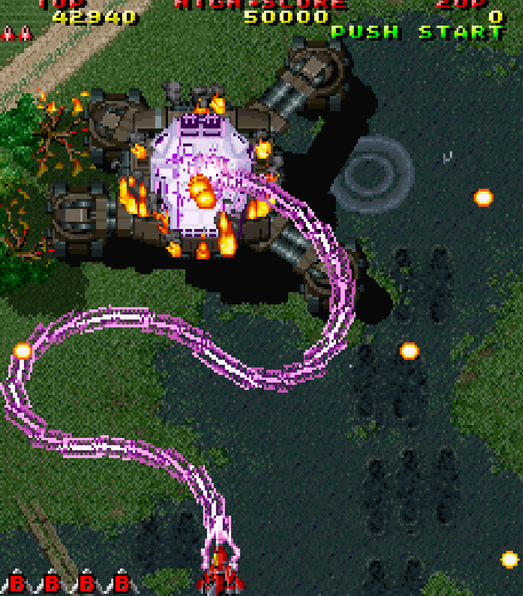
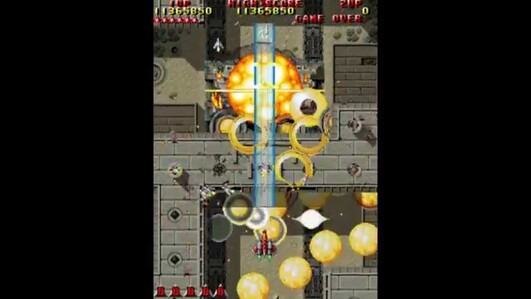
 RSS Feed
RSS Feed
